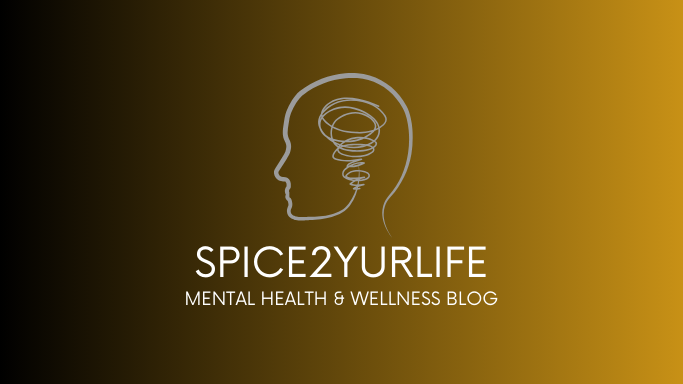In the journey of life, we encounter moments that shape us—some full of joy and triumph, others laden with pain and hardship. For many, these experiences leave scars that linger, influencing how we navigate the world and interact with others. Trauma, whether from childhood adversity, abuse, loss, or other harrowing events, can cast a long shadow over our lives. However, amidst the darkness, there exists a guiding light: trauma-informed care. This approach to healing acknowledges the profound impact of trauma and offers a path toward resilience, empowerment, and ultimately, transformation.
Understanding Trauma:
Trauma is not just an event; it's a deeply personal and subjective experience that overwhelms one's ability to cope. Its effects can permeate every aspect of life, from mental and emotional well-being to physical health and relationships. Moreover, trauma often remains hidden beneath layers of shame, guilt, and fear, hindering healing and perpetuating cycles of suffering.
Trauma-Informed Care:
At its core, trauma-informed care embodies compassion, empathy, and understanding. It recognizes that individuals affected by trauma are not broken but rather wounded souls in need of support and validation. Unlike traditional approaches that focus solely on treating symptoms, trauma-informed care seeks to address the root causes of distress while fostering a sense of safety, trust, and empowerment.
Key Principles of Trauma-Informed Care:
1. Safety: Creating an environment where individuals feel physically and emotionally safe is paramount. This involves establishing clear boundaries, ensuring confidentiality, and offering options for autonomy and control.
2. Trustworthiness and Transparency: Building trust is essential in healing from trauma. Practitioners must be honest, reliable, and respectful of boundaries, fostering open communication and collaboration.
3. Empowerment: Empowering survivors to reclaim their agency and voice is central to the healing process. This includes honoring their choices, strengths, and resilience while providing opportunities for self-expression and self-determination.
4. Collaboration and Mutuality: Healing is a collaborative journey that requires mutual respect and partnership between survivors and caregivers. By valuing lived experiences and expertise, practitioners can co-create personalized pathways to recovery.
5. Cultural, Historical, and Gender Sensitivity: Recognizing the intersecting layers of identity and experience is essential in providing inclusive and equitable care. This involves acknowledging the impact of systemic oppression, intergenerational trauma, and societal norms on individual well-being.
Healing from Past Experiences:
While the road to healing may be arduous, it is not insurmountable. Trauma-informed care offers a beacon of hope, guiding individuals toward resilience, restoration, and renewal. Through compassionate listening, validation, and support, survivors can begin to rewrite their narratives, reclaim their sense of self, and cultivate a newfound sense of purpose and meaning.
Moreover, healing is not a linear process but rather a journey of self-discovery and growth. Along the way, there may be setbacks, triggers, and moments of doubt. Yet, with each step forward, individuals can unearth buried strengths, deepen their connections, and emerge from the shadows of trauma into the light of wholeness.
Trauma-informed care is not just a framework; it's a philosophy—a way of being in the world that honors the inherent dignity and worth of every individual. By embracing its principles, we can create communities of healing, where compassion reigns supreme, and transformation flourishes. Together, let us embark on this journey of healing, knowing that within the depths of our pain lies the seeds of resilience, and within the embrace of connection lies the power to heal.







